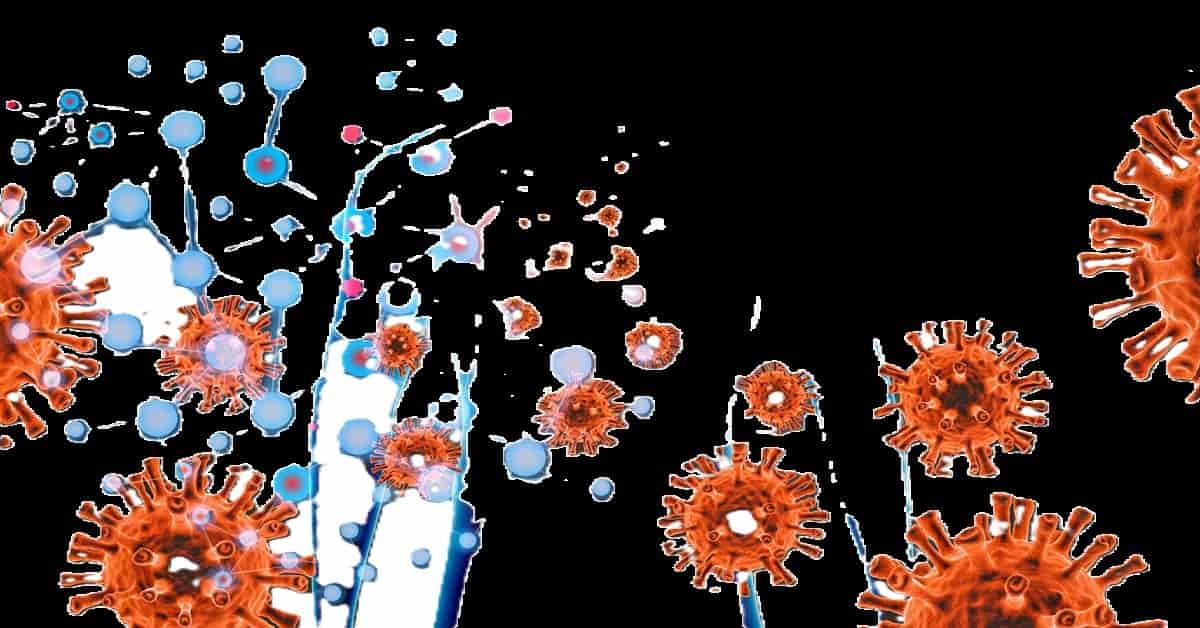Understanding Viruses: Definition, Transmission, and Protection
In our fast-paced world, discussions about viruses have surged, especially in light of recent global health events. However, despite their prevalence, many of us may not fully understand what viruses are, how they spread, and most importantly, how we can protect ourselves and others from them. This blog post aims to demystify the concept of viruses, explore their modes of transmission, and enhance our awareness of protective measures we can adopt.
What Is a Virus?
Definition and Structure
A virus is a microscopic infectious agent that requires a living host to replicate. Unlike bacteria, viruses are not considered living organisms; they lack the cellular machinery necessary for metabolism and reproduction. Structurally, viruses are simple entities composed primarily of genetic material (DNA or RNA) encased in a protein coat called a capsid. Some viruses also possess a lipid envelope, which is derived from the host cell membrane.
Viruses can have various shapes, including helical, icosahedral, and complex forms. They are incredibly diverse, infecting a wide range of organisms, from humans and animals to plants and even bacteria (the latter are targeted by bacteriophages, a specific class of viruses).
Types of Viruses
Viruses can be broadly categorized into several types based on their genetic material:
- DNA Viruses: These carry their genetic information in the form of DNA. Examples include the herpes virus and the human papillomavirus (HPV).
- RNA Viruses: These viruses use RNA as their genetic material. Examples include the influenza virus, HIV, and the novel coronavirus SARS-CoV-2.
- Retroviruses: A special subset of RNA viruses that reverse transcribe their RNA into DNA once inside a host cell. HIV is the most well-known retrovirus.
Impact of Viruses
Viruses are notorious for causing a range of diseases, from mild colds to severe illnesses like HIV/AIDS and COVID-19. Understanding what viruses are and how they operate is crucial for developing vaccines, treatments, and public health strategies.
How Viruses Spread
Viruses can spread through several mechanisms, and understanding these pathways is vital in mitigating transmission.
1. Direct Contact
Many viruses are transmitted through direct contact with an infected person. This can include physical touches, like hugging or shaking hands. Respiratory droplets expelled when a person coughs or sneezes can also infect another person when they come into contact with mucous membranes (mouth, nose, eyes).
2. Indirect Contact
Viruses can survive on surfaces for varying periods, depending on the virus and environmental conditions. Touching contaminated surfaces or objects and then touching one’s face is a common mode of transmission. High-touch surfaces in public places, such as doorknobs, handrails, and elevator buttons, are often breeding grounds for viruses.
3. Airborne Transmission
Some viruses can remain suspended in the air for extended periods and can be inhaled by individuals even after the infected person has left the area. This is particularly true for viruses like the influenza virus or SARS-CoV-2, which can infect individuals through aerosols in confined or poorly ventilated spaces.
4. Fecal-Oral Transmission
Certain viruses, like the norovirus and hepatitis A, can spread through contaminated food or water, usually in areas with poor sanitation. This mode of transmission occurs when an uninfected person ingests microscopic particles containing the virus.
5. Vector-Borne Transmission
Some viruses rely on intermediate vectors, such as mosquitoes or ticks, to spread. For example, the West Nile virus and Zika virus are transmitted through mosquito bites, making the control of these pest populations essential in preventing outbreaks.
How to Protect Against Viruses
Awareness and proactive measures are key to protecting ourselves and others from viruses. Here are some effective strategies that can be employed:
1. Vaccination
Vaccines are a pivotal tool in combating viral infections. Vaccination works by stimulating the immune system to recognize and combat pathogens. Vaccines have proven effective against viruses like measles, polio, hepatitis, and most notably, COVID-19. Staying up-to-date with recommended vaccines is a crucial step in personal and public health.
2. Good Hygiene Practices
Maintaining proper hygiene is one of the simplest yet most effective ways to prevent virus transmission:
- Hand Hygiene: Regularly wash your hands with soap and water for at least 20 seconds, especially after being in public places. If soap and water aren’t available, use a hand sanitizer containing at least 60% alcohol.
- Respiratory Hygiene: Cover your mouth and nose with a tissue or your elbow when coughing or sneezing. Dispose of tissues promptly and wash your hands afterward.
- Surface Disinfection: Regularly clean and disinfect frequently-touched surfaces, such as doorknobs, light switches, and electronics.
3. Social Distancing and Mask Wearing
During outbreaks, maintaining physical distance from others and wearing masks can help curb transmission. These measures are particularly critical in crowded or poorly ventilated spaces.
4. Avoid Close Contact with Infected Individuals
If you know someone is sick, limit your interaction with them. If you are sick, it’s best to stay home to avoid spreading the virus to others.
5. Travel Precautions
Stay informed about travel restrictions and health advisories, especially when visiting areas with high transmission rates. Following guidelines from health authorities can help protect you and your loved ones.
6. Healthy Lifestyle Choices
A healthy lifestyle helps bolster the immune system, making it more effective in fighting off infections. Consuming a balanced diet, maintaining regular exercise, getting adequate sleep, and managing stress can enhance your body’s defenses against viruses.
Conclusion
Viruses are intricate entities that pose significant health risks to individuals and communities. Understanding what they are, how they spread, and how to protect against them is vital in promoting health and well-being. By adopting informed and proactive measures, we can collectively reduce the burden of viral infections and safeguard our communities. Whether through vaccinations, hygiene practices, or staying informed, each action contributes to a more resilient society in the face of viral challenges.


